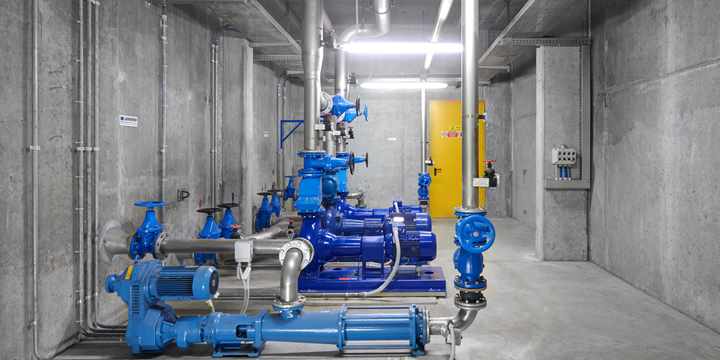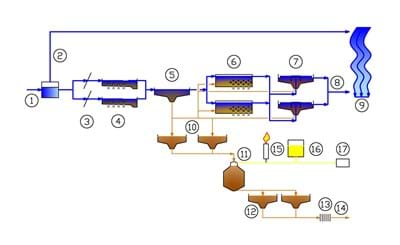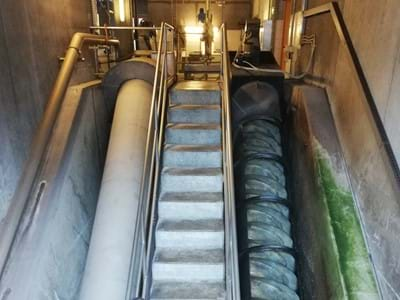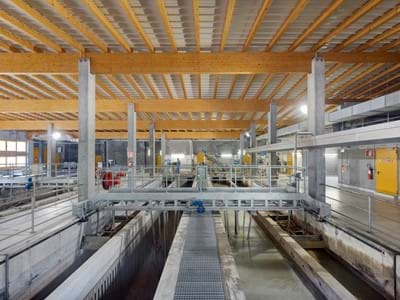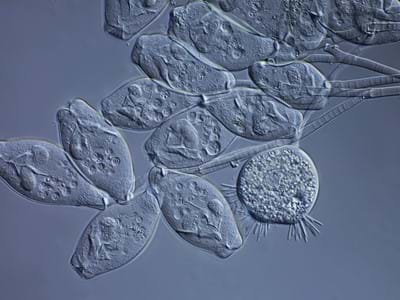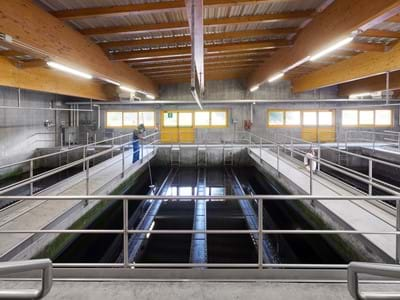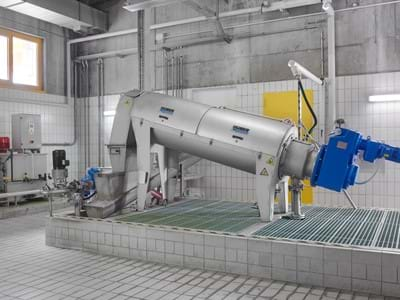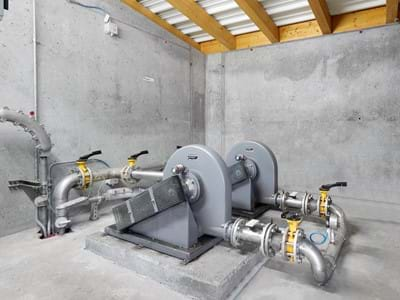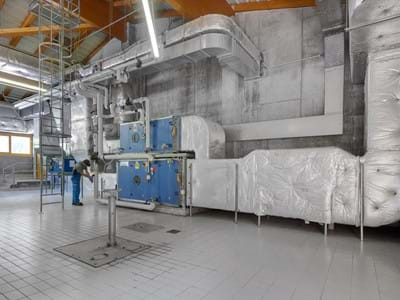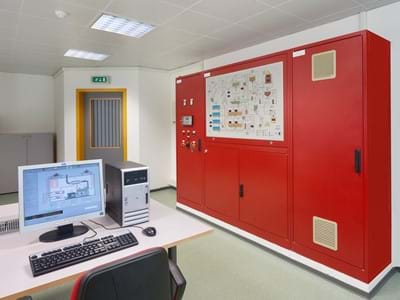wastewater line Innichen - Sexten
The sewage treatment plant was dimensioned for a capacity of approx. 36,000 inhabitants from the residential population, tourism, industry and commerce and was designed and planned to treat the wastewater according to the highest requirements, i.e. on the organic pollution load as well as on the high-grade reduction of nitrogen and phosphorus compounds.
The goal of wastewater treatment is achieved with physical, biological, biomechanical and chemical process steps.
